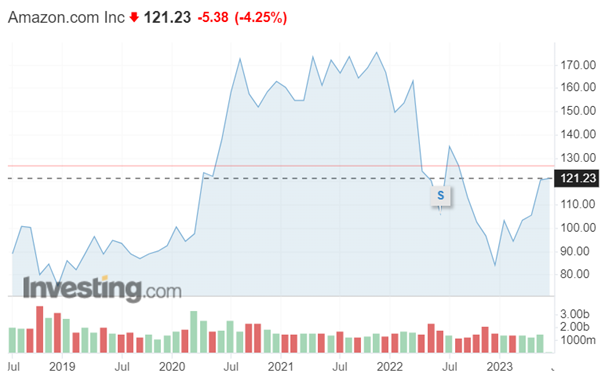First article said that Amazon is thinking about potential entry to offer cellular services. Article said that Amazon is reportedly in discussions with major wireless carriers, including Verizon Communications, T-Mobile, and DISH Network, for a potential partnership to offer affordable wireless plans to its Prime subscribers. This news follows a recent report indicating talks between Amazon and DISH to sell DISH wireless plans through Amazon, potentially improving sales for DISH's struggling wireless business. Wells Fargo suggests that DISH is the most likely partner, considering its existing wholesale agreements with AT&T and T-Mobile. Additionally, Amazon is said to be negotiating for the lowest wholesale prices from a network partner. And this was not the only news that I have found in the same article. It is also believed that Amazon is thinking to present an ad-supported tier of Amazon Prime. Now, this could be as much as of good news as they could be bad. In my opinion, yes, they would attract new customers, that will agree with seeing ads while watching their favourite shows, however, there could be also customers that will be bothered by this and will switch to another platform. Anyhow, Amazon will still offer ad-lees Prime, so the latter is not a very possible scenario.
Second article, which redirected me to Reuters, said that an adviser to the European Union's top court has stated that Amazon should not be required to pay 250 million euros in back taxes to Luxembourg, as ordered by EU competition enforcers. The adviser cited errors in the assessment made by the EU regulator, the European Commission. The Commission's 2017 decision claimed that Amazon had not paid taxes on a significant portion of its profits from EU operations due to a tax arrangement in Luxembourg. This arrangement allowed the company to channel profits to a holding company without taxation. The EU antitrust watchdog deemed this tax deal as illegal state aid. However, a lower tribunal overturned the EU decision in 2021, dealing a setback to the EU's crackdown on preferential deals. Again, from my point of view this news gave me mixed feelings. If it turns out that Amazon will in fact not have to pay the fine, this is very good. But in other case, if they will have to proceed with it, it could hurt the performance of their stocks. Speaking of…
Amazon’s stocks are 50 USD below the 5-year high, which was at 175 USD in November 2021. * This give me a good feeling about it, as there is very much potential for the possible growth. I decided to enter the market and buy some stocks of Amazon when the market will open.

Movement of Amazon stocks in the last five years. (Source: Investing) *
* Past performance is no guarantee of future results.








